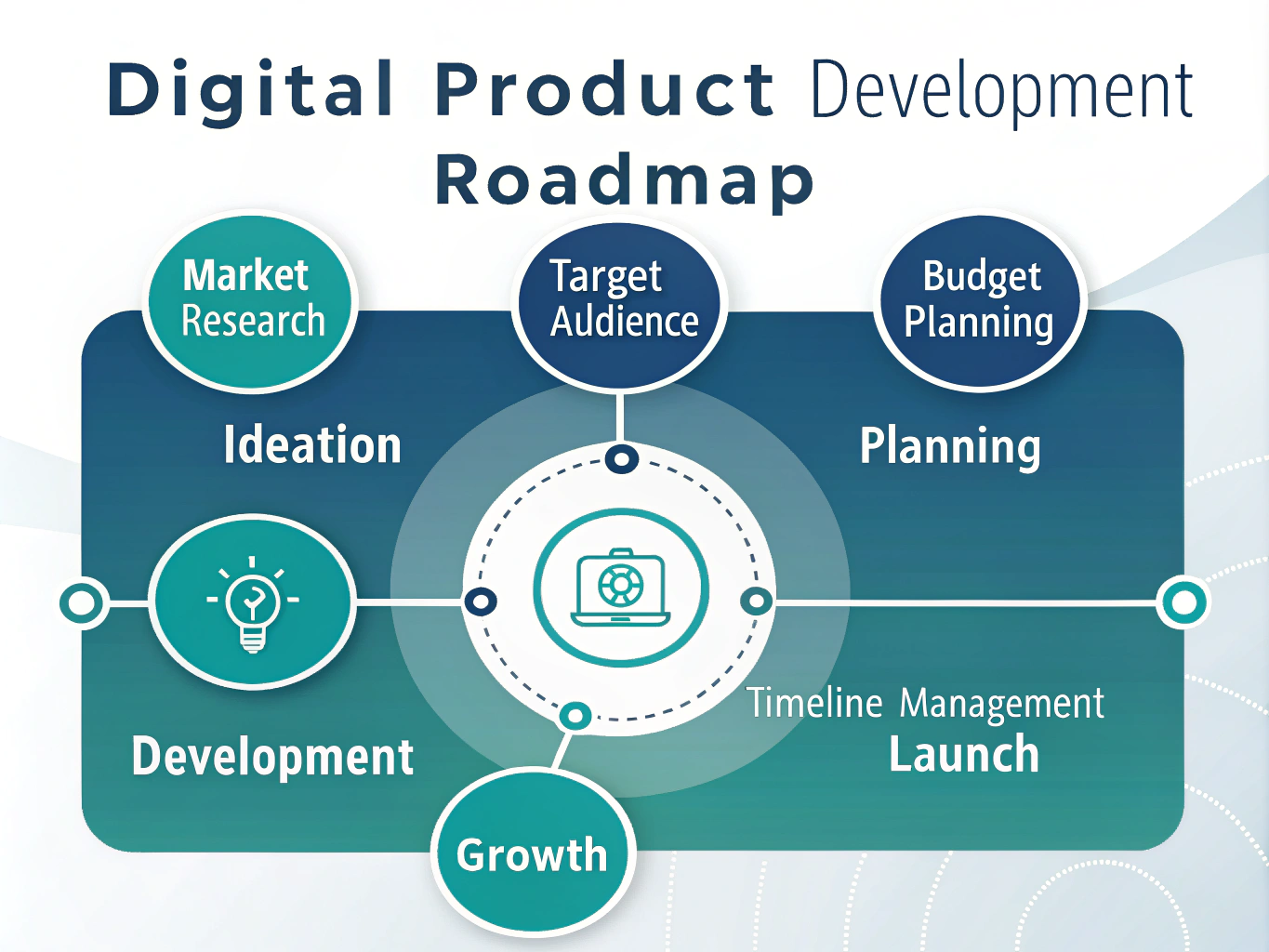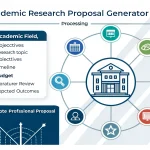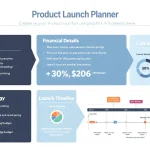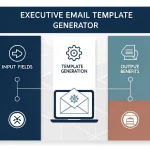Is this tool helpful?
How to Use the Digital Product Development Guide Generator Effectively
Follow these steps to get the most accurate and practical guide tailored to your digital product idea:
- Industry Focus: Enter the specific digital product sector you want to target. For instance, try “virtual reality platforms” or “online financial services.”
- Target Audience: Describe who your product serves. Examples include “remote freelancers looking for productivity tools” or “parents of toddlers seeking educational toys.”
- Product Type: Clarify the type of digital product you plan to develop. Options could be “cloud-based collaboration software” or “interactive webinar service.”
- Budget Range (Optional): Enter your estimated financial resources if you wish. For example, “15,000 to 30,000 USD” or “less than 8,000 USD.”
- Timeline Expectation (Optional): Provide your expected timeframe for development and launch. Examples: “2-4 months” or “9 months.”
- Click Generate Digital Product Development Guide to receive a personalized, actionable plan.
Once generated, you can copy your guide for easy reference and implementation.
What the Digital Product Development Guide Generator Does for You
This tool helps you create a clear, detailed roadmap for building your digital product. It combines industry-specific insights, targeted market research tips, and proven development steps to ensure you focus on what matters most.
Purpose of the Guide Generator
By customizing the development process based on your industry, audience, and product type, the generator minimizes risks and avoids common mistakes. It serves as a practical framework to accelerate your journey from concept to launch.
Benefits You Gain
- Save time with a structured product development plan
- Reduce errors by focusing on critical factors
- Improve alignment with your target market
- Understand your audience’s needs and market trends deeply
- Strategize marketing and sales effectively
- Address legal and compliance requirements early
- Create a roadmap for continuous product improvement
Practical Applications of the Digital Product Development Guide Generator
Use the guide to tackle challenges specific to your product and market, enhancing your chances of a successful launch and sustained growth.
1. Pinpoint Market Opportunities
Get methods to conduct targeted market research that identify unmet needs and niches. For example, if developing a healthcare management system, the guide suggests analyzing patient feedback, competitor gaps, and regulatory demands.
2. Refine Your Product Idea
The guide offers techniques for clarifying your concept, such as creating user personas, outlining minimum viable features, and testing prototypes to confirm demand before large investments.
3. Navigate Development Challenges
Get advice on selecting technologies and architectures based on your product type. For instance, it might suggest using React Native for cross-platform mobile apps or serverless solutions for scalable SaaS products.
4. Build Effective Marketing Plans
The generator provides tailored marketing tactics aligned with your audience. This could include influencer collaborations for lifestyle apps or content marketing and webinars for enterprise software.
5. Expand Sales Channels
Discover recommended platforms and distribution strategies that fit your product. For a digital art marketplace, it could advise combining an owned e-commerce site with social media promotions and partnerships with galleries.
6. Use Customer Feedback Wisely
The guide stresses on implementing feedback loops from early adopters, using surveys, analytics, and community engagement to iterate and enhance product features continuously.
7. Address Legal and Compliance Matters
Understand necessary regulations and intellectual property protections related to your digital product, such as GDPR compliance for data-focused apps or copyright considerations for content platforms.
Examples of How the Guide Generator Supports Different Digital Product Projects
Educational Software for Remote Learning
- Market analysis focusing on distance learning trends and user challenges
- Recommendations for personalized learning features and gamification
- Strategies to partner with schools and educational content creators
- Data privacy considerations tailored to student information
Mental Health Mobile Application
- Definition of target users such as young adults coping with stress
- Feature suggestions including mood tracking and meditation guides
- Monetization tips like subscription tiers and in-app coaching
- Feedback tools that encourage continuous user engagement and data security
SaaS Platform for Remote Team Collaboration
- Competitive landscape analysis to identify unique features
- Focus on integrations with existing productivity tools
- Marketing through targeted digital ads and content marketing
- Client onboarding and customer success recommendations
Niche Marketplace for Handmade Crafts
- Market entry tactics emphasizing artisanal product trends
- Platform features like customizable storefronts and AR previews
- Promotion strategies including storytelling and influencer partnerships
- Logistics solutions for shipping and international distribution
Augmented Reality (AR) Entertainment App
- Validation methods for interactive AR content and audience engagement
- Technology recommendations involving AR SDKs and mobile sensors
- Marketing approaches targeting gamers via social media and events
- User retention strategies based on feedback and iterative development
Important Disclaimer
The calculations, results, and content provided by our tools are not guaranteed to be accurate, complete, or reliable. Users are responsible for verifying and interpreting the results. Our content and tools may contain errors, biases, or inconsistencies. Do not enter personal data, sensitive information, or personally identifiable information in our web forms or tools. Such data entry violates our terms of service and may result in unauthorized disclosure to third parties. We reserve the right to save inputs and outputs from our tools for the purposes of error debugging, bias identification, and performance improvement. External companies providing AI models used in our tools may also save and process data in accordance with their own policies. By using our tools, you consent to this data collection and processing. We reserve the right to limit the usage of our tools based on current usability factors.







